New Collection of Portraits Presents the Diversity of 19th-Century American Photography
Smithsonian American Art Museum announces major acquisition of the works of Black photographers James P. Ball, Glenalvin Goodridge and Augustus Washington
/https://tf-cmsv2-smithsonianmag-media.s3.amazonaws.com/filer/67/4d/674db3f9-e2a2-47cd-b347-a4ae024a2660/untitled-9.jpg)
A rare collection of late 19th- and early 20th-century photography and artifacts by leading Black photographers of the era—James P. Ball, Glenalvin Goodridge and Augustus Washington—is now part of the holdings of the Smithsonian American Art Museum (SAAM). The early cased photographs—or daguerreotypes, ambrotypes and tintypes, many of them related to the underground railroad and abolitionist movements, and depicting women entrepreneurs and other people not often seen in images of this period, offer a stunning new visual record. The collection of 286 objects offers a unique opportunity to examine in fine detail the clothing, culture and individual histories of the period, and to study a racially diverse group of individuals and families from the 1840s through 1920s.
“They are remarkably beautiful and haunting images from a world away,” says the museum’s director Stephanie Stebich. “These diverse portraits, depicting both African American and white subjects, show how democratizing photography was at the time and how accessible it was to the general public.”
The rare objects and images, including jewelry made of photographs, were acquired from the New York City-based collector Larry J. West. SAAM now holds the largest collection of daguerreotypes by the three early African American photographers and with it, the museum is establishing a new permanent gallery and a center for research and new scholarship in this field.
The Larry J. West Collection features an array of early photography, including daguerreotypes, the first publicly available photographic process in the 1840s and 1850s. This method used specially treated silver-plated copper sheets to capture images. Also, in the collection are ambrotypes and tintypes, the successors of that first photo system. “West has an exceptional collection of early photographs and he wanted it presented alongside the museum’s already deep holdings of works by African American artists,” says John Jacob, the museum’s curator of photography, who helped arrange the collection’s purchase.
While the technological array is impressive, it is the subject matter that grabs the eye. Included are stunning portraits of Black and white subjects, many taken by Ball, Goodridge and Washington, African American photographers and entrepreneurs, who blazed a trail for others. “The daguerreotype opened the door of photography for all walks of life to access,” Stebich says. “These men worked almost entirely in portraiture.”
The collection brings to light—and to public viewing—40 daguerreotypes by the three photographers. Only 166 are known to exist (others still may be held in private collections); several more are held in other Smithsonian museums, and at the Library of Congress and the National Gallery of Art. Included in the new acquisition is a detailed manuscript by West describing his research, analysis and conservation of the collection, as well as metrics for authenticating individual works. These materials will be available to fellows, researchers and visiting scholars as a major resource for the field.
“More scholarship is needed to determine the scope of this work,” Jacob says. “Larry’s research material will attract a lot of people to SAAM to study his findings and learn more about the people in the photographs and the photographers themselves.”
In addition to the portraits and photos related to abolition, the new collection includes an array of photographic jewelry—brooches, bracelets and rings containing miniature portraits. Many of these intimate objects hold locks of hair as enduring mementos.
“This was the bridge from miniature painting to early cased photography,” Jacob says, describing how images of this period were encased in leather-tooled holders and wood-framed boxes. “We have nearly 450 miniatures in SAAM’s paintings collection and will use the West Collection to show the transition from painted to photographic portraiture.”
Selected artworks from the West Collection will be the centerpiece of the museum’s new early American photography gallery, featuring an ongoing re-installation of works from the permanent collections. The theme of the gallery is the democratization of portraiture and will include works by non-white and women photographers and portraits of subjects across racial and class identities.
West is a collector and historian of 19th-century photography, who has been gathering this material for more than 45 years. He bought his first daguerreotype in 1975, one depicting an African American man in a tuxedo. He offered his collection to the museum in recognition of its longstanding commitment to collecting and caring for works by Black artists.
“When it came time to place the three collections that I have nurtured all these 45 years, the Smithsonian American Art Museum was the obvious best choice with its reputation for fostering research and new scholarship and the plans presented by its curators to feature objects from these collections, in conversation with paintings and sculpture from the same time period, in the public galleries,” West said in a release. “For collector-researchers like myself, this use of the objects and research findings is critical. It proves that anything a current collector has is not ‘owned,’ we are merely custodians for them.”
/https://tf-cmsv2-smithsonianmag-media.s3.amazonaws.com/accounts/headshot/dave.png)
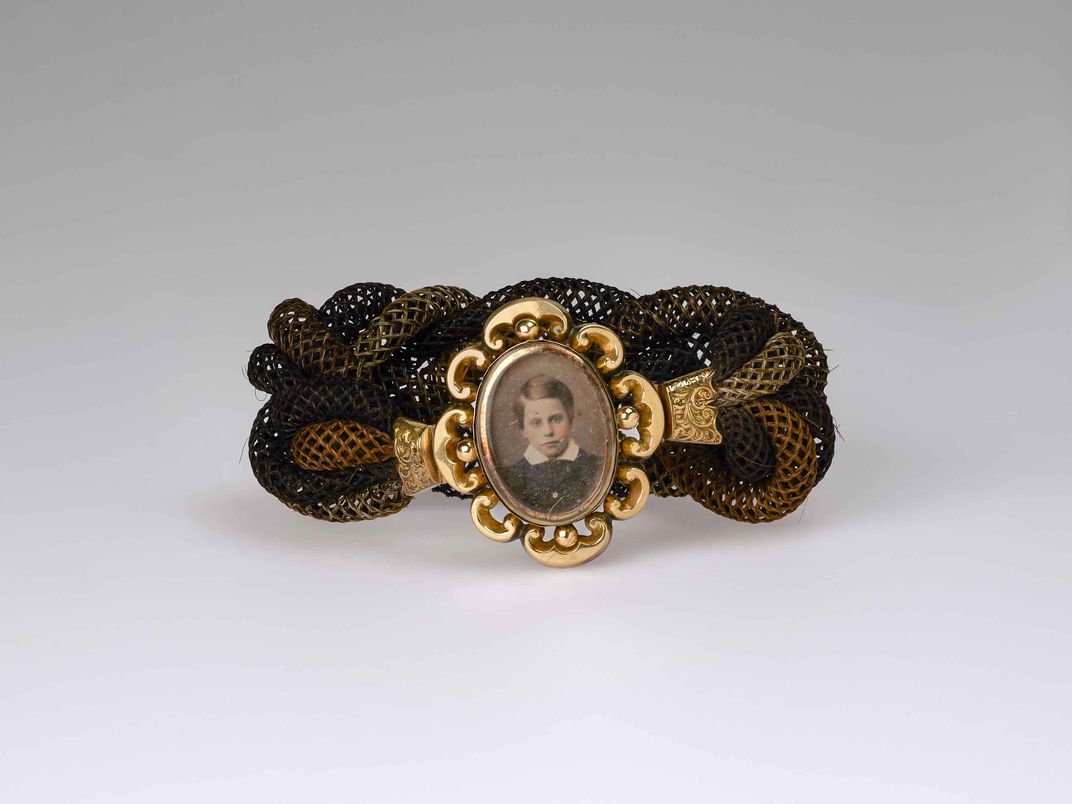







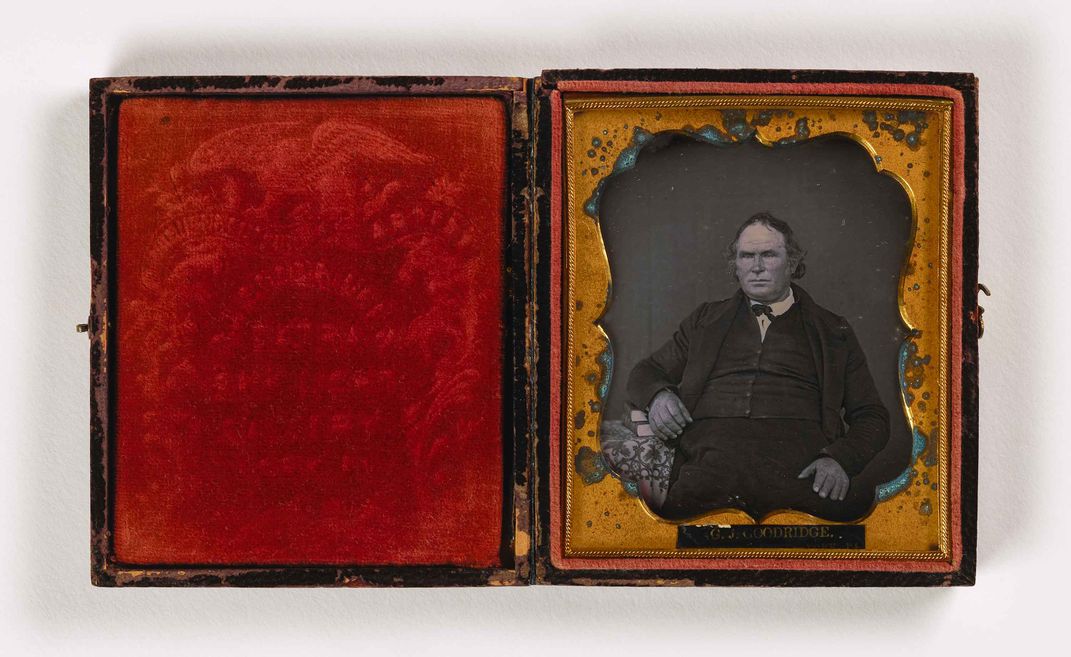
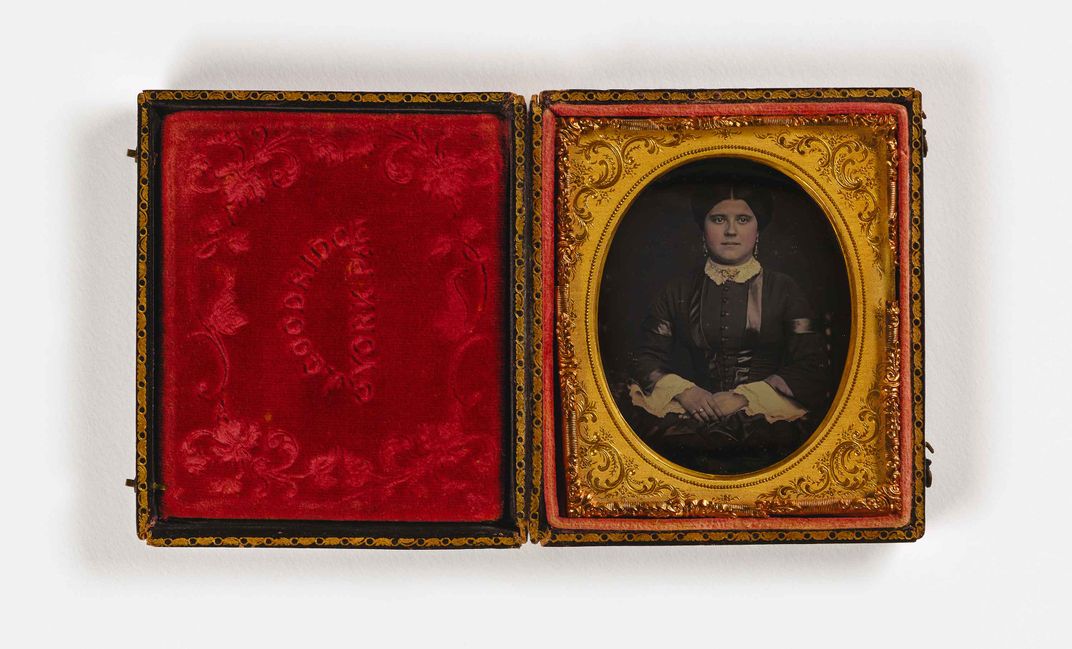
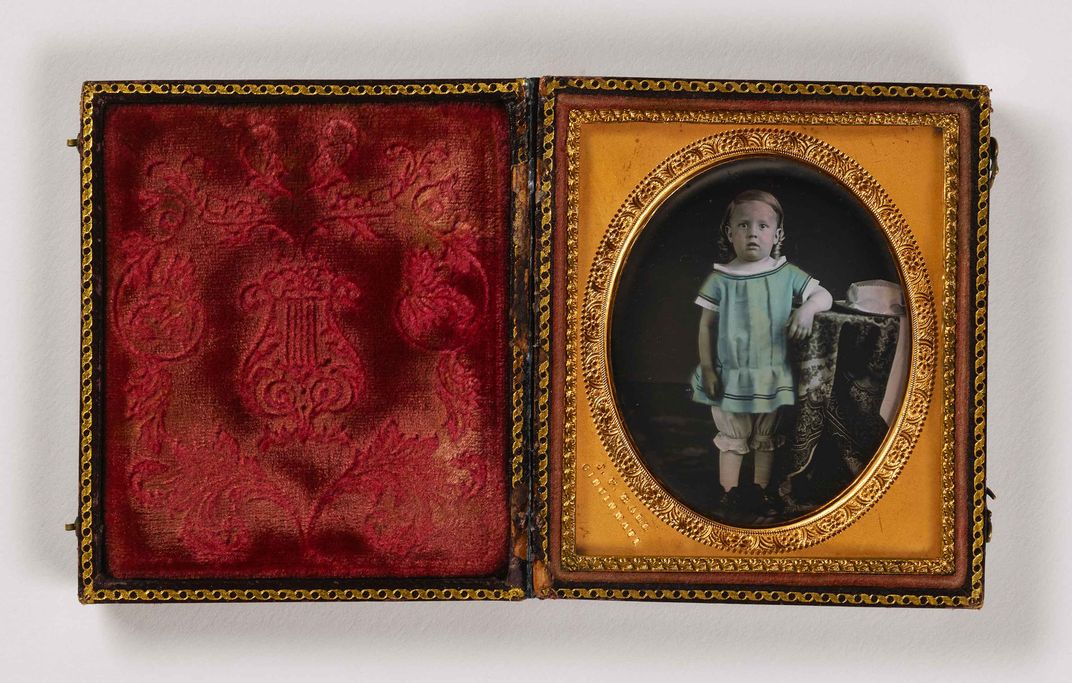
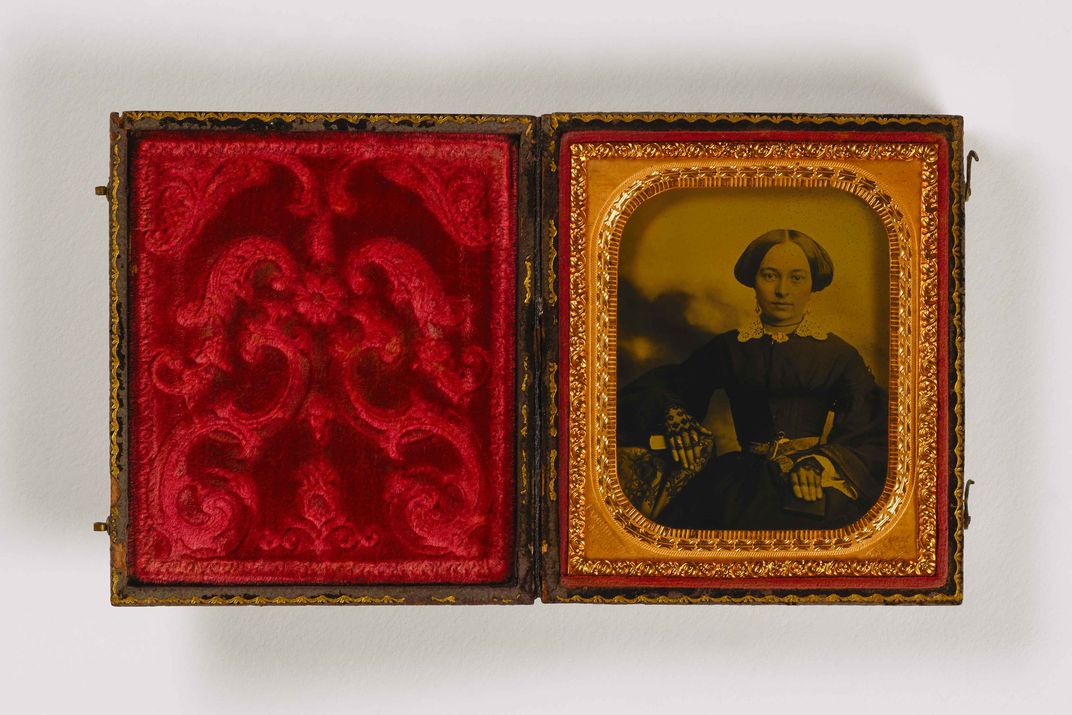
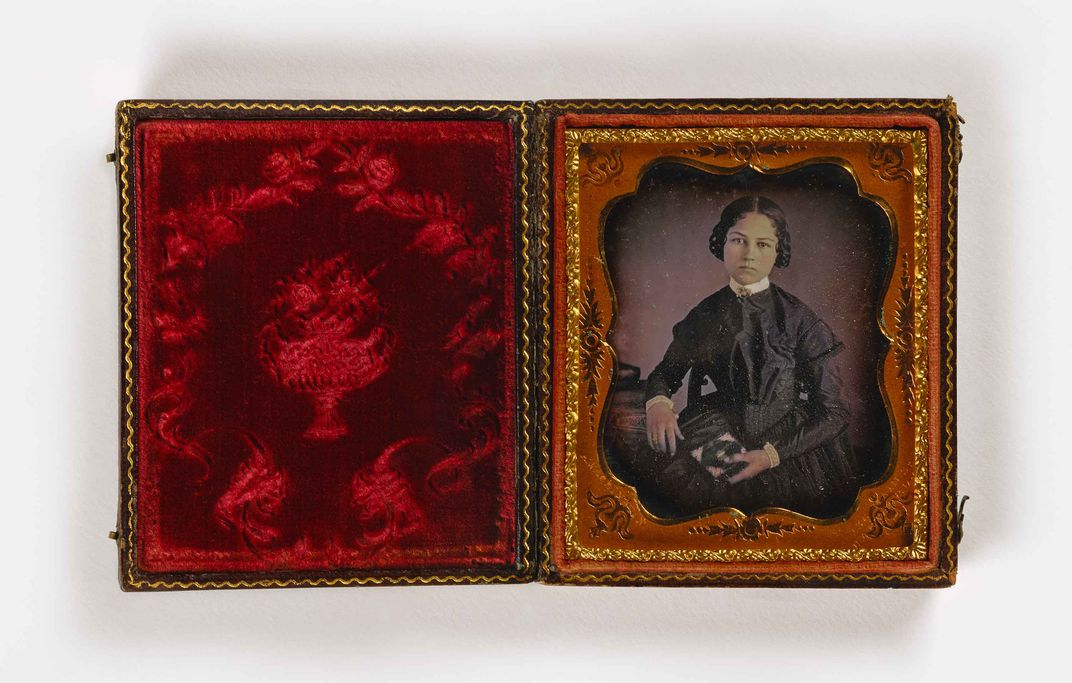
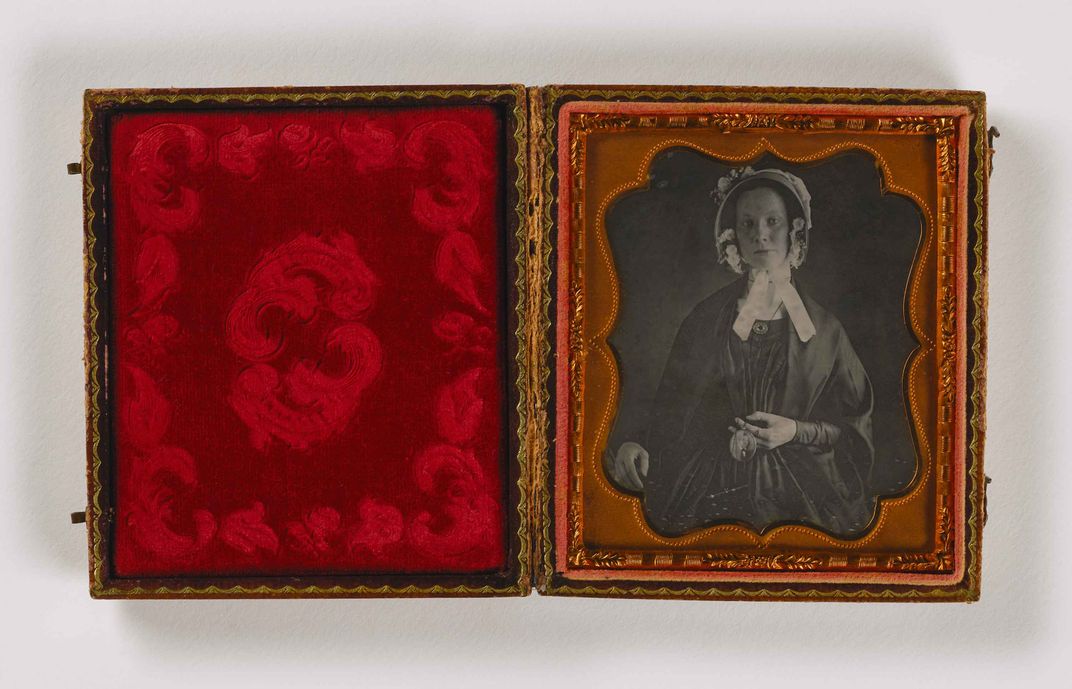
/https://tf-cmsv2-smithsonianmag-media.s3.amazonaws.com/accounts/headshot/dave.png)